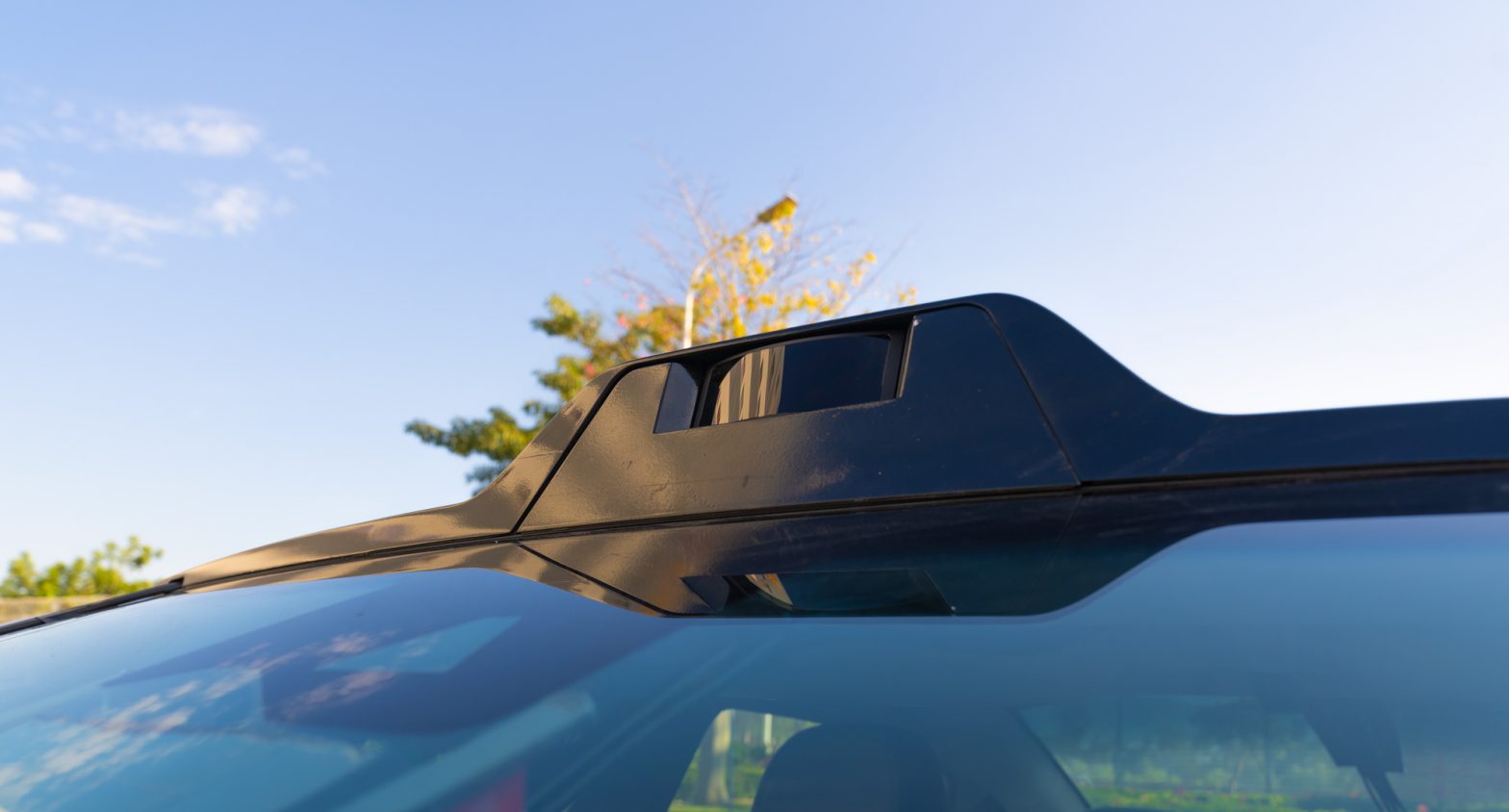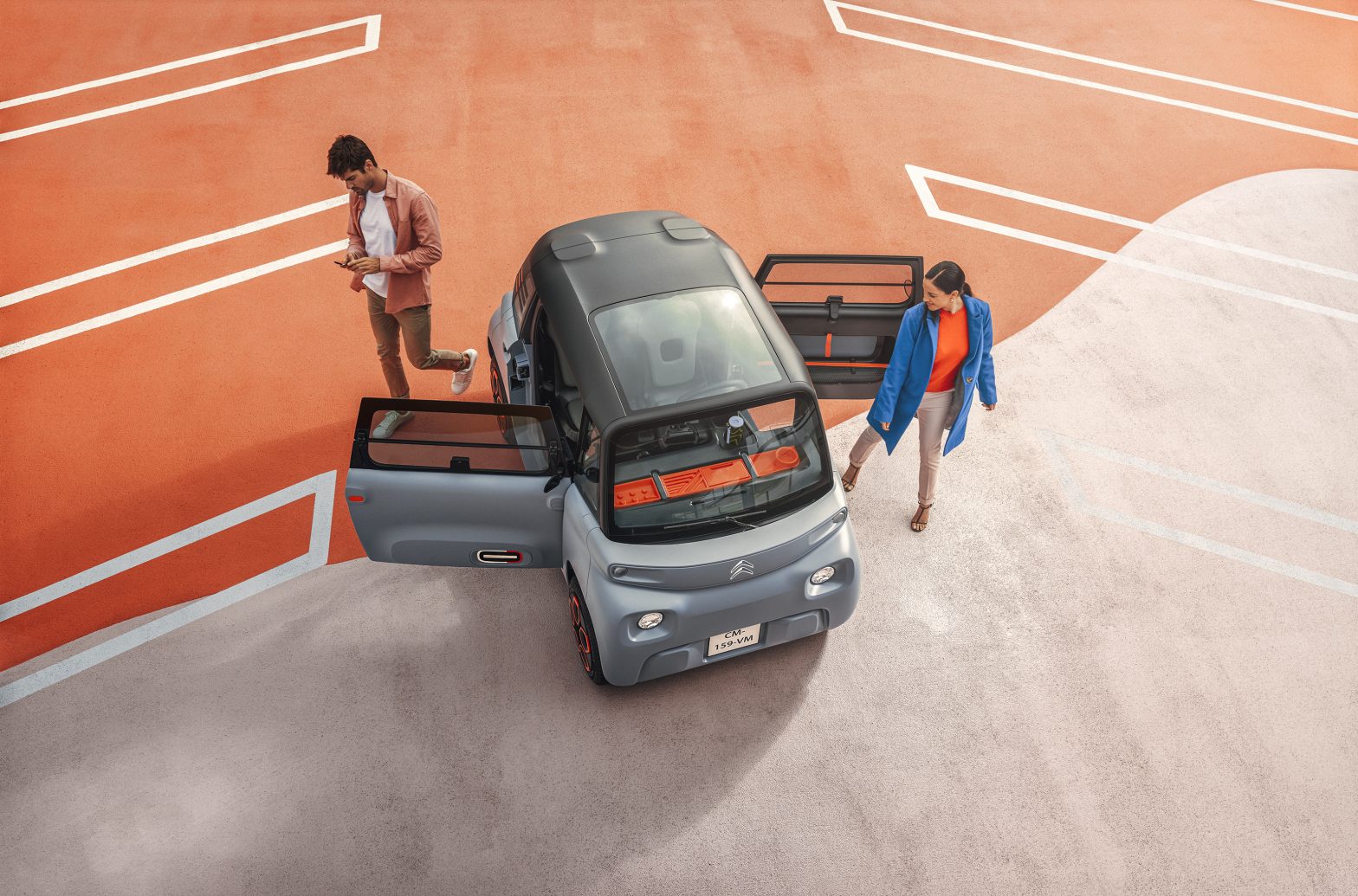Go to Source
Tag: Toyota
Toyota Insurance Management Solutions Launches Toyota Auto Insurance
Toyota Auto Insurance offers consumers a quick, easy and flexible policy purchase process via Toyota’s state-of the-art mobile app, call center agents, participating Toyota dealerships and the ToyotaAutoInsurance.com website. Toyota Auto Insurance customers receive best-in-class service and will benefit from more than 90 years of insurance insights, knowledge and award-winning claims support provided by Toggle, the underwriter,… Continue reading Toyota Insurance Management Solutions Launches Toyota Auto Insurance
Autonomous driving startup Deeproute.ai prices L4 solution at $10,000
Deeproute.ai, an autonomous vehicle startup with offices in Shenzhen and Fremont, California, unveiled an ambitious self-driving solution on Wednesday. The package, named DeepRoute-Driver 2.0, is a production-ready Level 4 system that costs approximately $10,000. The price tag is incredible given the hardware used: five solid-state lidar sensors, eight cameras, a proprietary computing system, and an… Continue reading Autonomous driving startup Deeproute.ai prices L4 solution at $10,000
Autos & TransportationFord to invest $900 mln in Thailand plants4:10 AM UTC
The Ford logo is seen at the North American International Auto Show in Detroit, Michigan, U.S., January 15, 2019. REUTERS/Brendan McDermid/File Photo Register now for FREE unlimited access to reuters.com Register BANGKOK, Dec 8 (Reuters) – Ford Motor Co (F.N) said on Wednesday it would invest $900 million to modernise its factories in Thailand that… Continue reading Autos & TransportationFord to invest $900 mln in Thailand plants4:10 AM UTC
Autos & TransportationToyota embracing small flaws as supply chain pressures bite5:05 AM UTC
TOKYO, Dec 7 (Reuters) – Toyota Motor Corp (7203.T) on Tuesday said it is happy to use scratched or blemished parts from suppliers as the world’s biggest car producer tries to trim costs amid a production-curbing global chip shortage and rising material costs. Toyota’s acceptance of good enough by using parts it would have thrown… Continue reading Autos & TransportationToyota embracing small flaws as supply chain pressures bite5:05 AM UTC
EV startup Arrival is building a $11.5 million battery plant in North Carolina
British-American vehicle manufacturer Arrival today announced it plans to establish an $11.5 million battery plant in Charlotte, North Carolina. The factory will be the company’s third overall facility in the city. It will be located just steps away from its soon-to-be-complete North American headquarters. Once the plant is operational, it will supply batteries to the… Continue reading EV startup Arrival is building a $11.5 million battery plant in North Carolina
Toyota will build a $1.29 billion electric vehicle battery factory in North Carolina
Toyota will build a $1.29 billion battery factory in North Carolina in an effort to bring some of its electric vehicle supply chain to the US. The news comes on the heels of Toyota’s announcement that it will invest around $13.6 billion in battery tech over the next decade, including a $9 billion investment in… Continue reading Toyota will build a $1.29 billion electric vehicle battery factory in North Carolina
Autos & Transportation · 7:28 PM UTCToyota to build $1.29 billion North Carolina battery plantToyota Motor Corp will build a new $1.29 billion plant i…
WASHINGTON, Dec 6 (Reuters) – Toyota Motor Corp (7203.T) will build a new $1.29 billion plant in North Carolina to build batteries for electric vehicles, the state’s governor and the automaker said Monday. North Carolina Governor Roy Cooper made the announcement at an event Monday. The largest Japanese automaker confirmed it will locate the plant… Continue reading Autos & Transportation · 7:28 PM UTCToyota to build $1.29 billion North Carolina battery plantToyota Motor Corp will build a new $1.29 billion plant i…
@Toyota: Toyota Selects North Carolina Greensboro-Randolph Site for New U.S. Automotive Battery Plant
Plant is first to produce automotive batteries for Toyota in North America, enough battery packs for 1.2 million electrified vehicles per year LIBERTY, N.C. (Dec. 6, 2021) – Today, Governor Roy Cooper of North Carolina and Mayor Filmore York of Liberty, North Carolina, joined Toyota Motor North America’s leaders to announce Greensboro-Randolph Megasite has been… Continue reading @Toyota: Toyota Selects North Carolina Greensboro-Randolph Site for New U.S. Automotive Battery Plant
Four wheels and a smartphone: the future of urban mobility?
Downsizing is a major trend having an impact on many aspects of our lives. But is it also an urban mobility solution for expanding, highly populous cities? As populations increasingly migrate to cities, leading to oversubscribed public transportation and greater congestion, something’s got to give. Thankfully, innovative urban mobility solutions are being developed, with new… Continue reading Four wheels and a smartphone: the future of urban mobility?


